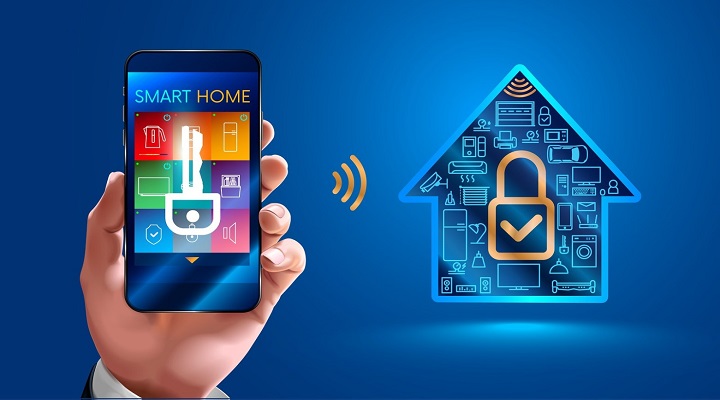billplante.info – Smart homes have become an increasingly popular trend in recent years. With advances in technology and the internet of things (IoT), we can control various aspects of our home digitally, from lighting, heating, to other electronic devices. However, along with the convenience offered, new challenges in terms of security also arise. Cyberattacks and hacking are a real threat to an unsecured smart home. Fortunately, there are new security solutions that can help you protect your smart home from these threats.

1. Multi-Factor Authentication
Multi-factor authentication (MFA) is one of the newest security solutions that is important to implement in your smart home. MFA requires users to use more than one authentication factor to access a system or device. This can be a combination of a password, a one-time code, a fingerprint, or even facial recognition.
By using MFA, you add an additional layer of security that makes it more difficult for attackers to access your system illegally. Even if your password is successfully cracked, the attacker still needs other authentication factors to break into the system.
Many smart home device providers today have integrated support for MFA into their applications and platforms. Make sure to enable this feature and follow best practices for setting additional authentication factors.
2. Encryption and Virtual Private Network (VPN)
Data encryption is a very important security aspect in a smart home. With encryption, data sent between the device and the server will be converted into code that cannot be read by unauthorized parties. This ensures that sensitive information such as passwords, video recordings or other personal data cannot be stolen or misused.
In addition to encryption, the use of a virtual private network (VPN) is also recommended for smart homes. VPN makes your internet connection more secure by encrypting data traffic and hiding your IP address. This helps protect you from man-in-the-middle attacks, where an attacker can steal data sent between a device and a server.
Many smart home device providers have integrated encryption into their products, but you can also use a third-party VPN to protect your entire home network.
3. Regular Software Updates
One often overlooked aspect of security in a smart home is software updates. Device manufacturers often release security updates to fix newly discovered security holes or improve existing security features.
It’s important to ensure that all your smart home devices are always updated with the latest software versions. Many devices offer the option to update automatically, which is best enabled to ensure that you don’t miss important updates.
Additionally, make sure to always use the latest versions of apps and platforms related to your smart home. Manufacturers frequently release updates to fix security vulnerabilities in their applications.
4. Access Monitoring and Management
In a complex smart home, it is critical to monitor and manage access to your systems and devices wisely. This includes limiting access to only authorized users, as well as monitoring user activity to detect suspicious behavior.
Many smart home platforms today offer access management features that allow you to set access permissions for each user or device. You can define different access levels, such as full access, limited access, or read-only access.
Additionally, some smart home security solutions also offer monitoring and alert features that can send notifications if there is suspicious activity or unauthorized access attempts into your system.
5. Integration with Professional Security Systems
For a higher level of security, you may consider integrating your smart home with a professional security system. Today’s leading security companies offer solutions designed specifically for smart homes, which include 24/7 security monitoring, emergency response, and even integration with law enforcement services.
By integrating a professional security system, you will have an additional layer of security managed by experienced security experts. They can monitor activity in your home in real-time and respond quickly if a security incident occurs.
While the cost for professional security services may be higher, it can be a worthwhile investment for those who want maximum security for their smart home.
Conclusion
Smart homes offer many conveniences and comforts, but they also bring security challenges that must be overcome. With the latest security solutions such as multi-factor authentication, encryption, regular software updates, strict access management, and integration with professional security systems, you can protect your smart home from cyber threats and hacking.
While no security solution is perfect, by implementing some or all of these solutions, you can significantly improve the security of your smart home and provide better protection for your data and privacy. Don’t underestimate the importance of security in a smart home, as the consequences of a hack or cyberattack can be devastating.